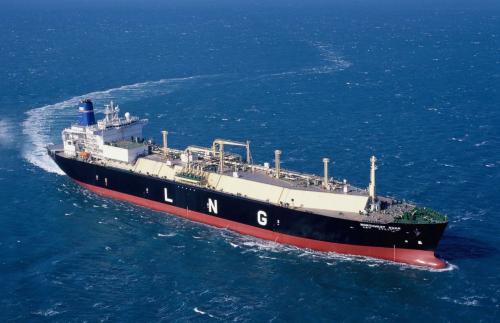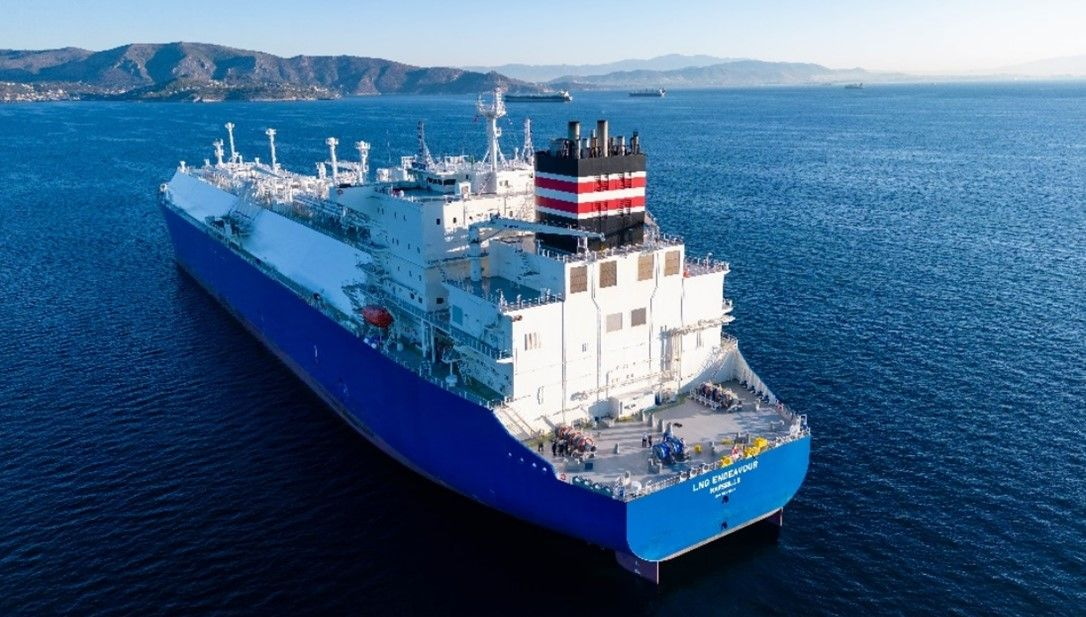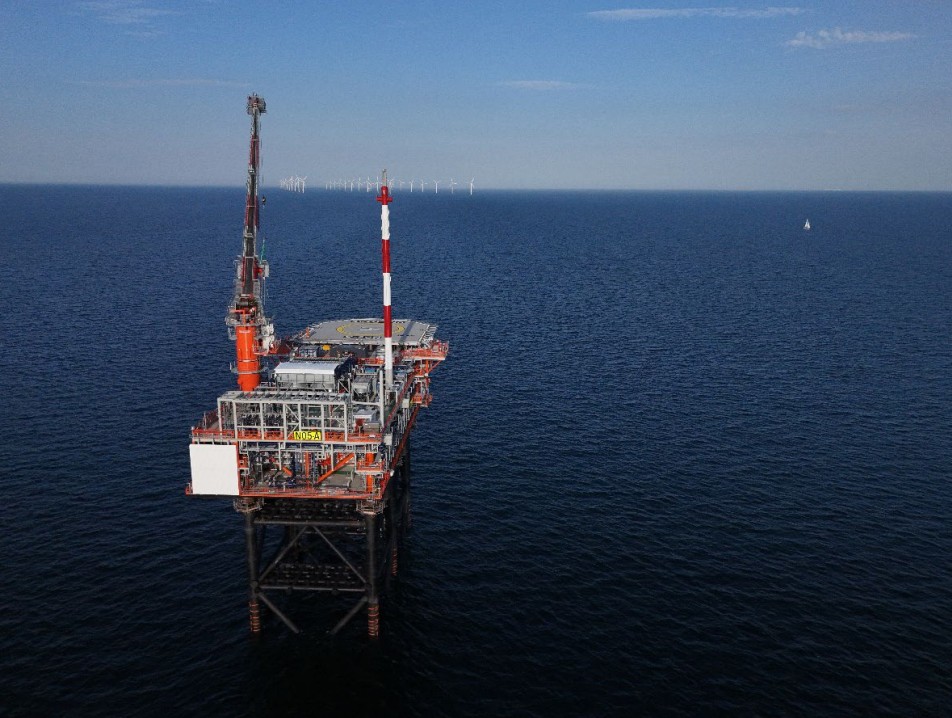订购液化天然气燃料散货船的热潮已过?
作者: 发布时间:2022年04月20日 浏览量:611 字体大小: A+ A-

图片来自网络,版权属于原作者
来源:Hellenic Shipping News 2022-4-20
翻译:国际海事信息网 赵扬捷 张运鸿
据研究和预测公司Maritime Strategies International(MSI)称,最近新造的好望角型散货船(Capesize bulk carrier)的订单可能已经达到顶峰,该船以液化天然气双燃料发动机为推进系统。
人们对以液化天然气为燃料的船舶的兴趣逐渐下降,表明他们对其长期可行性的担忧,因为监管越来越严格,而且可使用氨和甲醇的双燃料发动机也在增加。
对未来低碳法规的担忧是2021年干散货新船订单低迷的部分原因,尽管散货商的年平均收益是2007年8月以来最高的。去年下半年,订单急剧减少,在2022年几乎没有任何新订单:截至今年3月,仅有7个新的干散货合同已签订。
去年最引人注目的趋势之一是液化天然气在合同中的份额急剧上升——在订购的77艘好望角型船中,有31艘是双燃料船。其中大部分是根据矿工和船东之间的长期租赁协议建造的,期限在5到10年之间。
MSI第一季度干散货报告指出,现在似乎对未来的航运燃料有了新的共识,趋向于氨或甲醇,如果一个可行的低碳解决方案被认为是 "指日可待",这可能会造成合同的减少。这表明,配备双燃料液化天然气发动机的船舶的订购可能已经达到顶峰,因为氨和甲醇燃料的商业解决方案似乎正在逐步接近。
MSI干散货分析师Alex-Stuart Grumbar说:"鉴于主要矿业公司的承诺已经到位,最近一连串的好望角型双燃料合同可能已经走到了尽头。订购经济寿命超过15年的双燃料船的船东也会注意到2030年代末的预期市场条件和船队的组成。问题是,如果届时大多数船队都使用非化石的零碳燃料,那么以液化天然气为燃料的船舶将受到多大的影响。"
迄今为止,许多以氨为燃料的早期设计都来自日本——住友商事(Sumitomo Corporation)与大岛造船(Oshima Shipbuilding)正在开发以氨为燃料的Kamsarmax型散货船,目标是在2025年前首次交付使用。另一个引人注目的解决方案是由日本邮船公司(NYK)和芬兰海事咨询工程公司Elomatic Oy提出的,他们刚刚完成了以液化天然气为燃料但可使用氨气的超巴拿马型散货船( post-Panamax bulk)的概念设计,并计划在2025年前建造该船。
(本文版权归国际海事信息网所有,图片版权归原作者,转载请注明出处。)
Has the rush to order LNG fuelled bulk carriers run its course?
The recent run of newbuilding Capesize bulk carrier orders featuring dual-fuel LNG propulsion may have peaked, according to research and forecasting company Maritime Strategies International.
The fall-off in interest in LNG-fuelled ships represents concerns over their long term viability against tightening regulation and growth in availability of Ammonia and Methanol-ready dual fuel engines.
Concern over the shape of future low carbon regulations are partly to blame for muted dry bulk newbuilding orders during 2021, despite bulkers registering the highest average annual earnings since 2007/08. Contracts declined sharply over the second half of last year and have all but disappeared in 2022: for the year to March, just seven new dry bulk contracts have been reported.
One of the most notable trends from last year was a sharp uptick in LNG’s share of contracts – 31 of the 77 Capesize vessels ordered were dual-fuelled ships. Most of these were built on the back of long-term charter agreements between miners and shipowners, stretching over a period of between five and 10 years.
MSI’s Q1 Dry Bulk report* notes that there does now seem to be an emerging consensus on future fuels for shipping, converging on Ammonia or Methanol, which may have the effect of supressing contracting if a workable low carbon solution is deemed to be ‘just around the corner’. It suggests that the ordering of ships with dual-fuel LNG engines may have already peaked, as a commercial solution for ammonia and methanol fuels looks to be edging closer.
“Given the commitments by the major mining companies already in place, the recent spate of Capesize dual-fuel contracts may have already run its course,” says Alex-Stuart Grumbar, Dry Bulk Analyst, MSI. “Owners ordering dual-fuelled ships with an economic life of over 15 years will also be mindful of the expected market conditions towards the end of 2030s and the composition of the fleet. The question is how much will LNG-fuelled ships be penalised should a majority of the fleet by then be using non-fossil based zero-carbon fuels.”
Many of the early designs for ammonia as fuel have so far originated from Japan – Sumitomo Corporation in conjunction with Oshima Shipbuilding is developing an ammonia fuelled Kamsarmax bulker, with aim of taking first delivery by 2025. Another compelling solution has been proposed by Nippon Yusen Kaisha (NYK) and Elomatic Oy which have just completed the development of a concept designs for an LNG- fuelled but ammonia-ready post-Panamax bulk and are also aiming to construct the vessel by 2025.
来源:simic
今日要闻
图片新闻
海外传真
热点报道






